Tuberosity avulsions
Tuberosity fractures
Definition
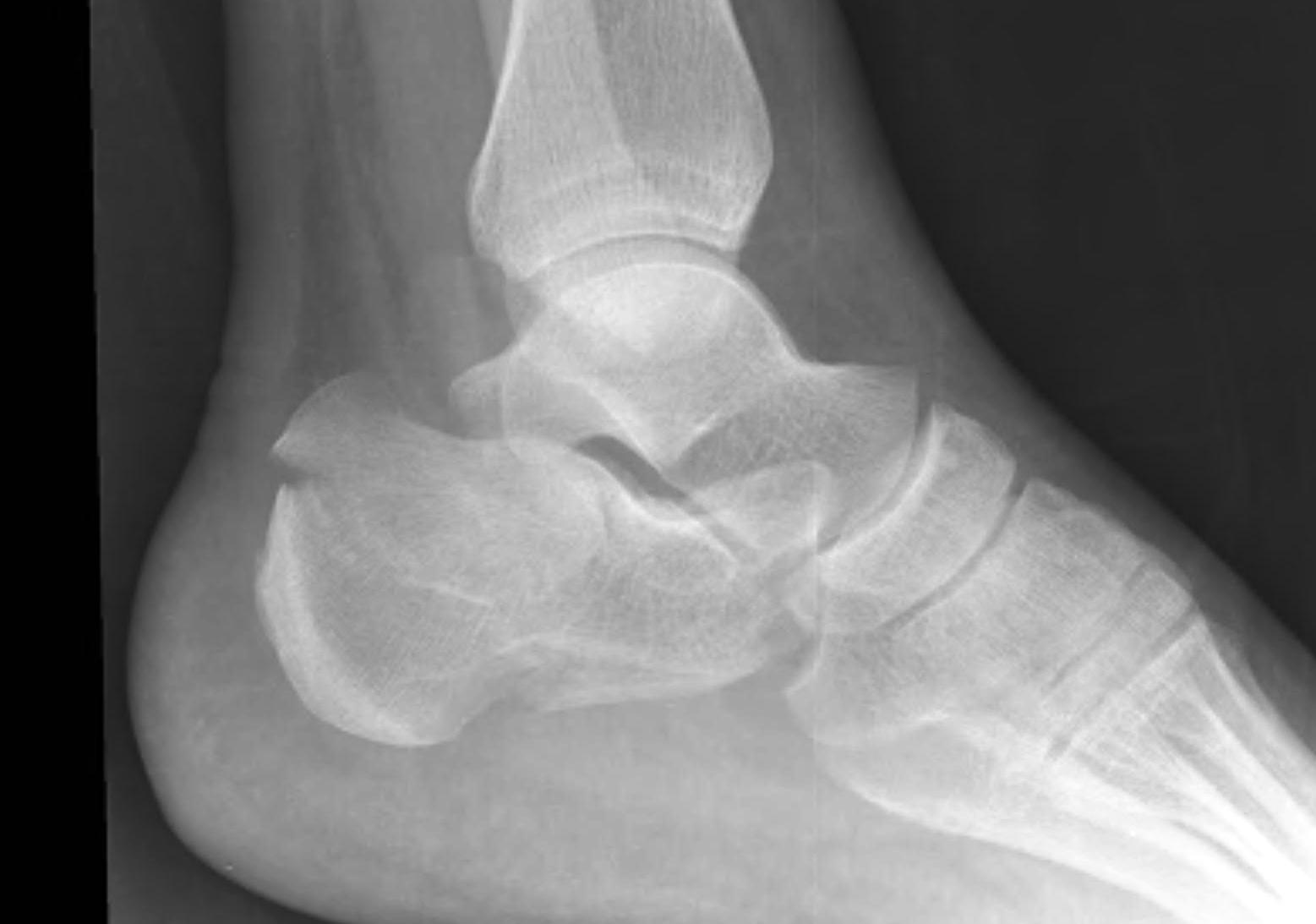
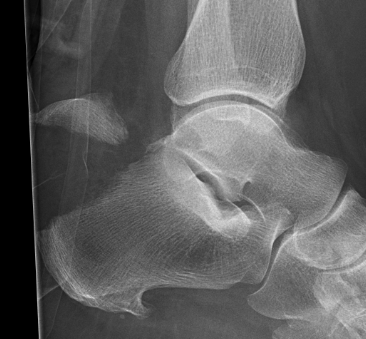
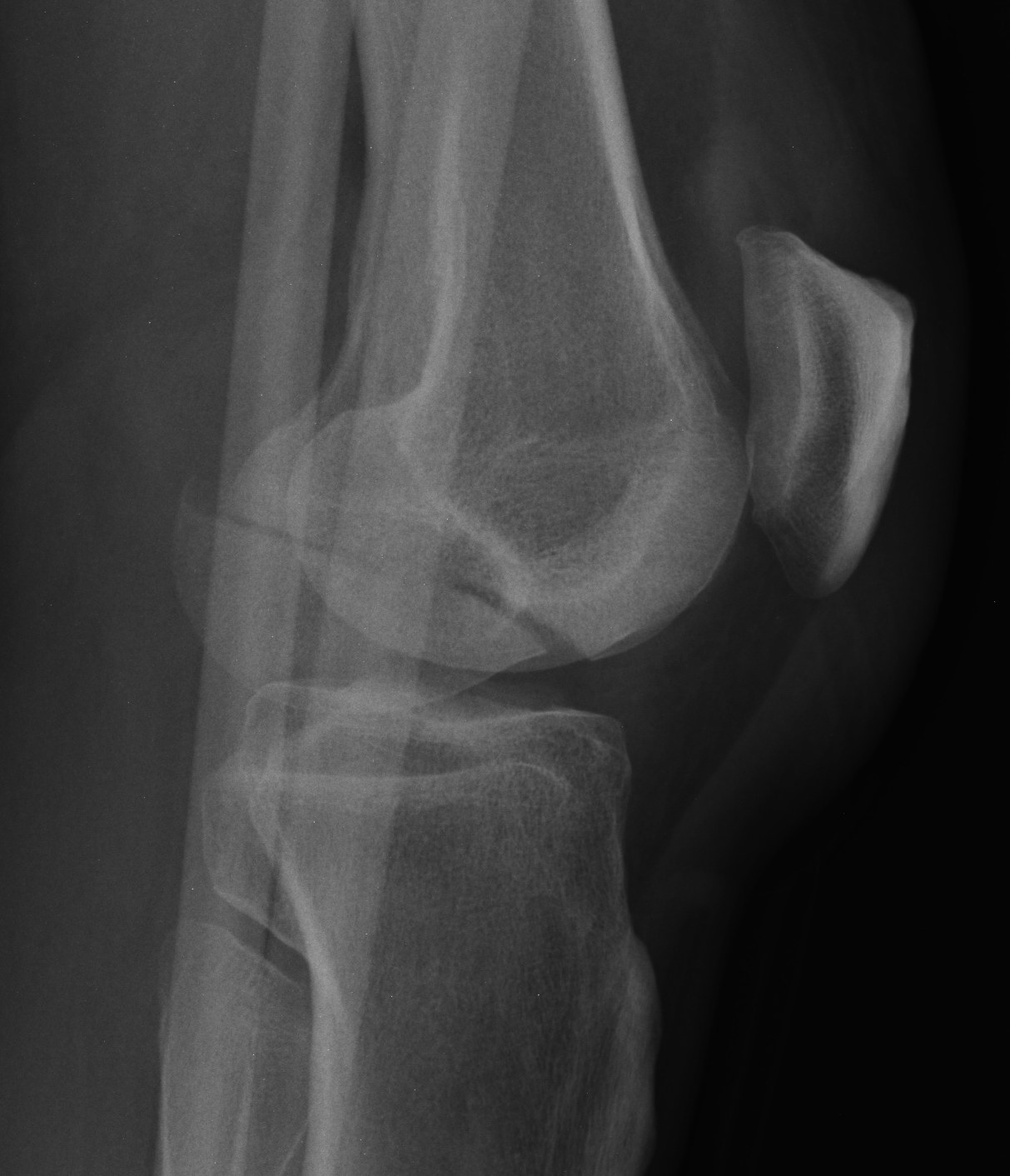
Coronal plane fracture of distal femoral condyle
- intra-articular
- often only attachment is posterior capsule
Rare
Usually a severe valgus trauma
Insufficiency fracture
- secondary to exceeding fatigue threshold
- usually of second or third MT shaft
Onset of new and very intense / strenuous physical activity
- i.e. new army recruits / dancers
Women with postmenopausal osteoporosis
Cavus feet
Rockerbottom foot / Persian Slipper Foot
Uncommon
50% bilateral
Doesn't delay walking
- may present in toddler with callus under talus head
Congenital anomalies
- CNS disorders
- spina bifida & diastematomyelia ~10%
- arthrogryposis
- neurofibromatosis
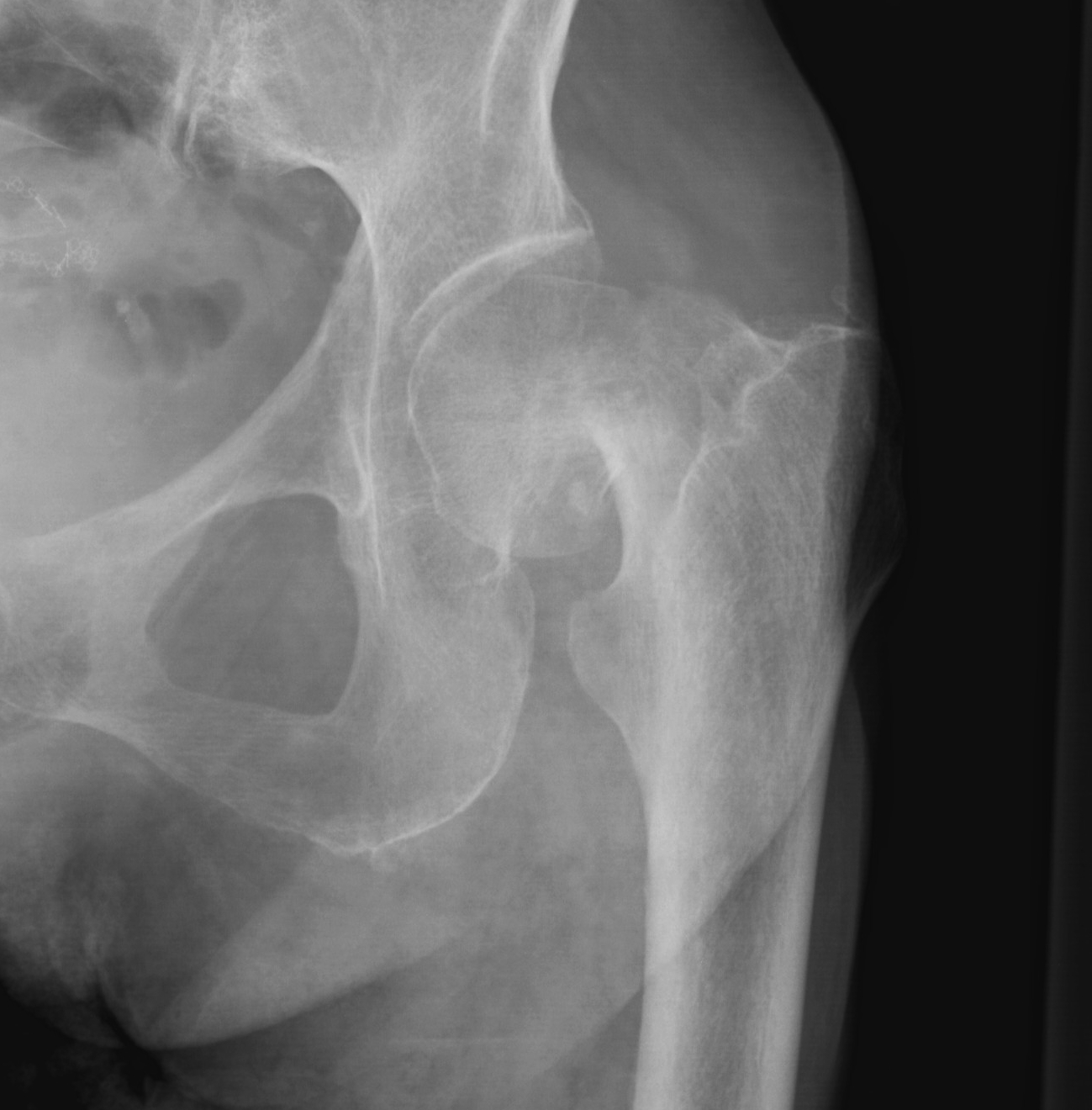
Fracture distal to articular surface & proximal to intertrochanteric region
On average 4 years younger than intertrochanteric fracture
One year mortality as high as 36%
Only 1/3 will return to pre-fracture living environment
Bilateral Pars Fracture C2
- traumatic axis spondylolisthesis
Neurological injury uncommon
- fragments separate and decompress
Different to judicial hanging where spinal cord is severed
Benign enlargement of the common digital branch
- usually 3rd webspace
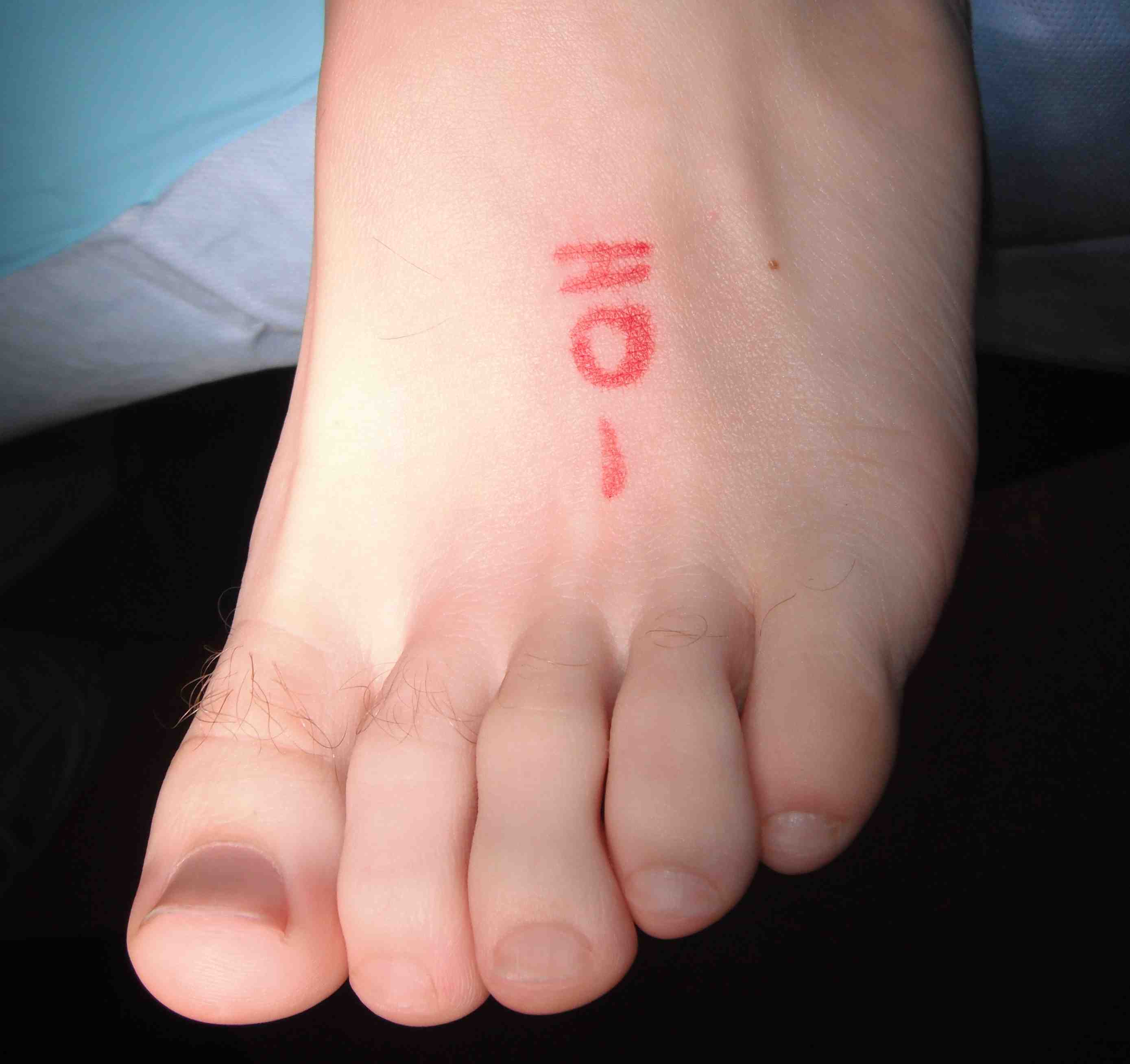
Found at level of or just distal to MT heads
- deep to the deep transverse MT ligament
Classically women between 40 and 60